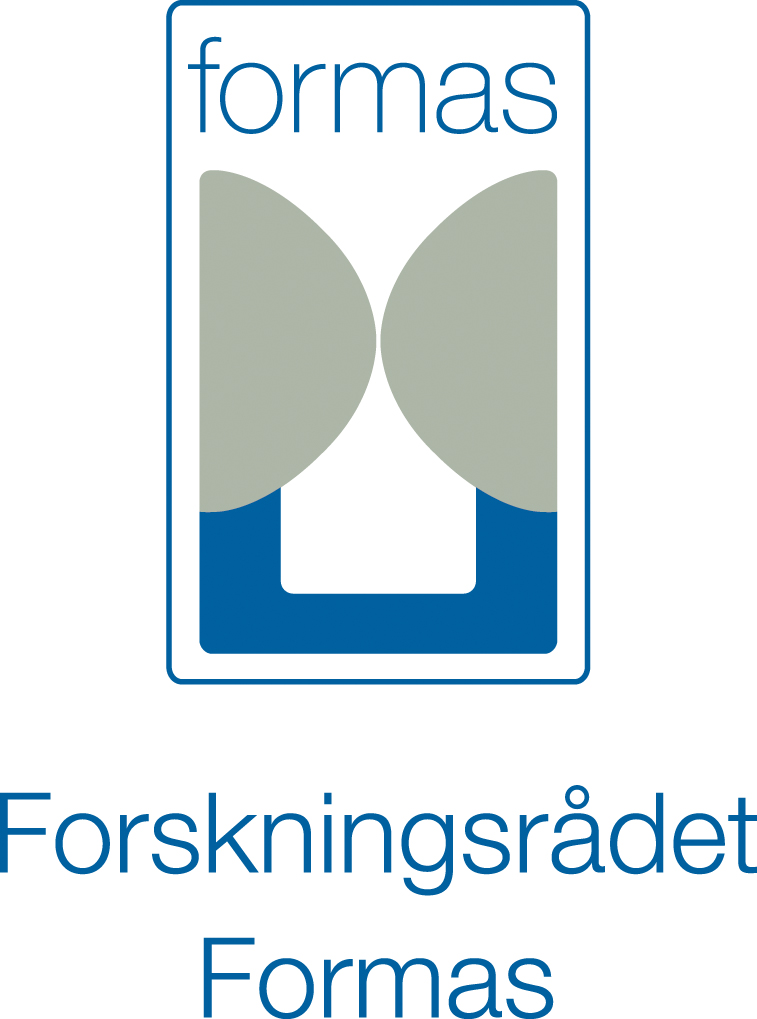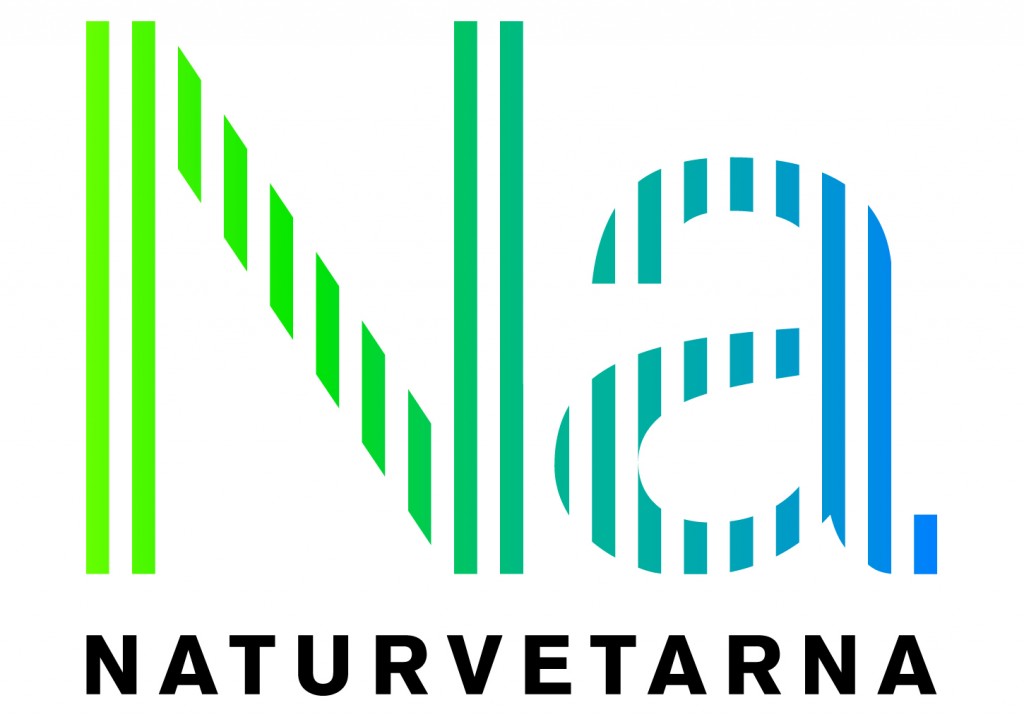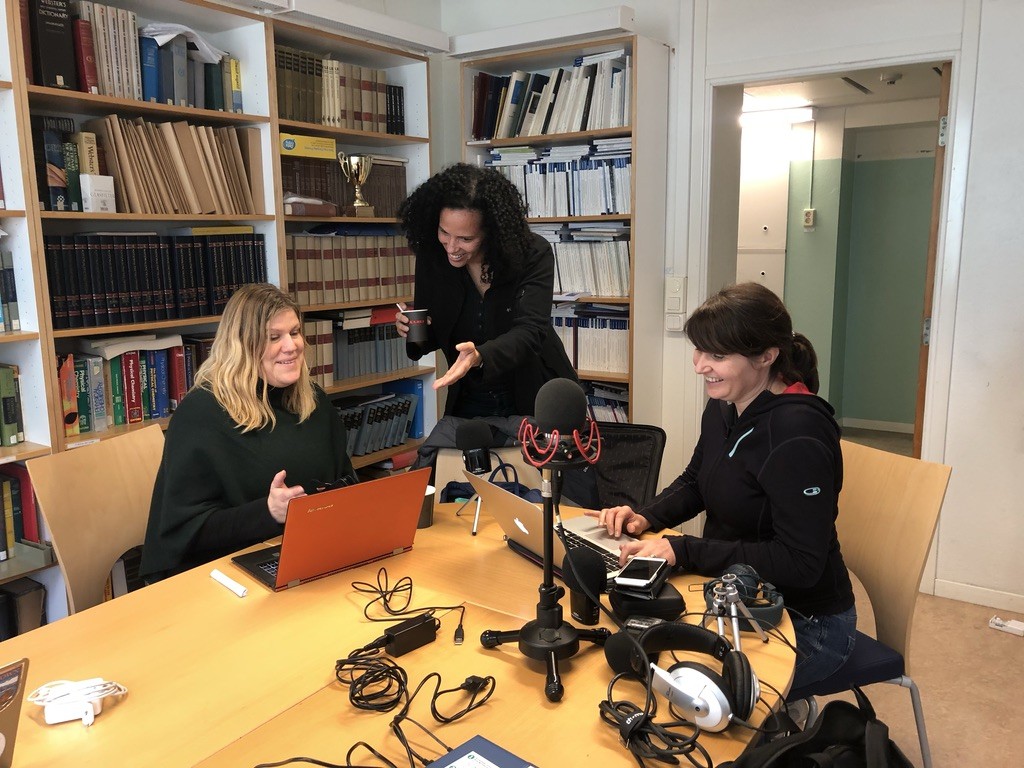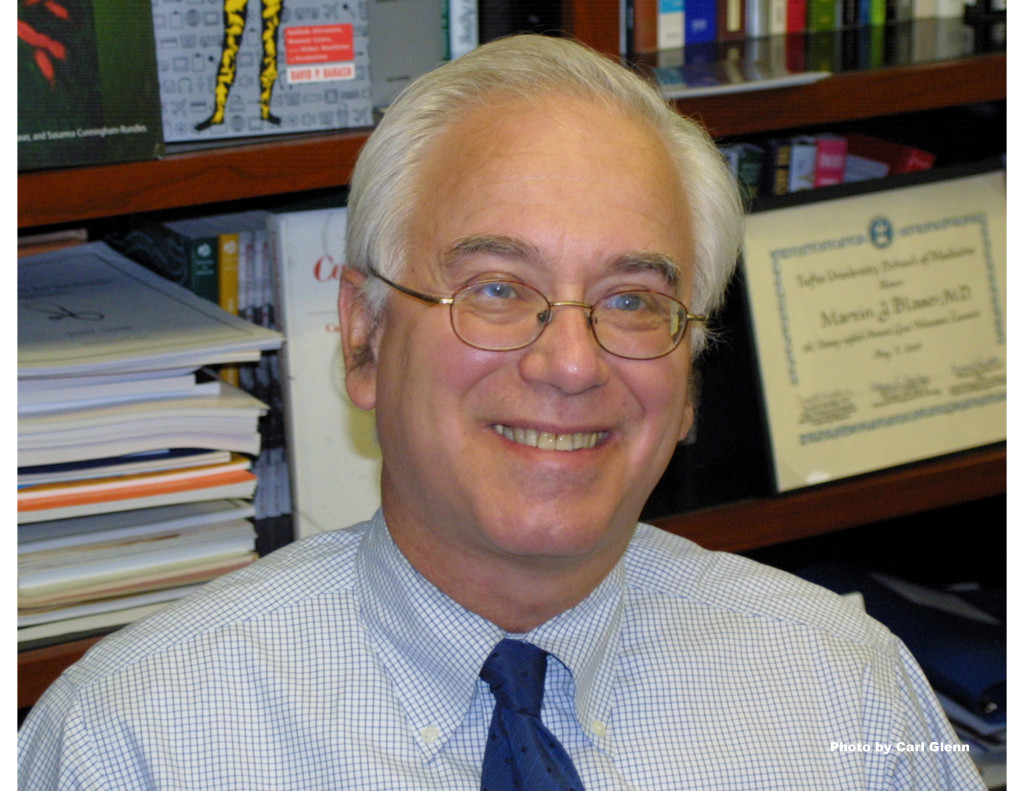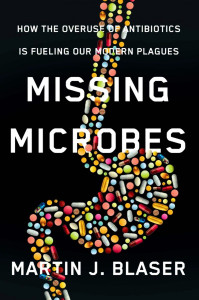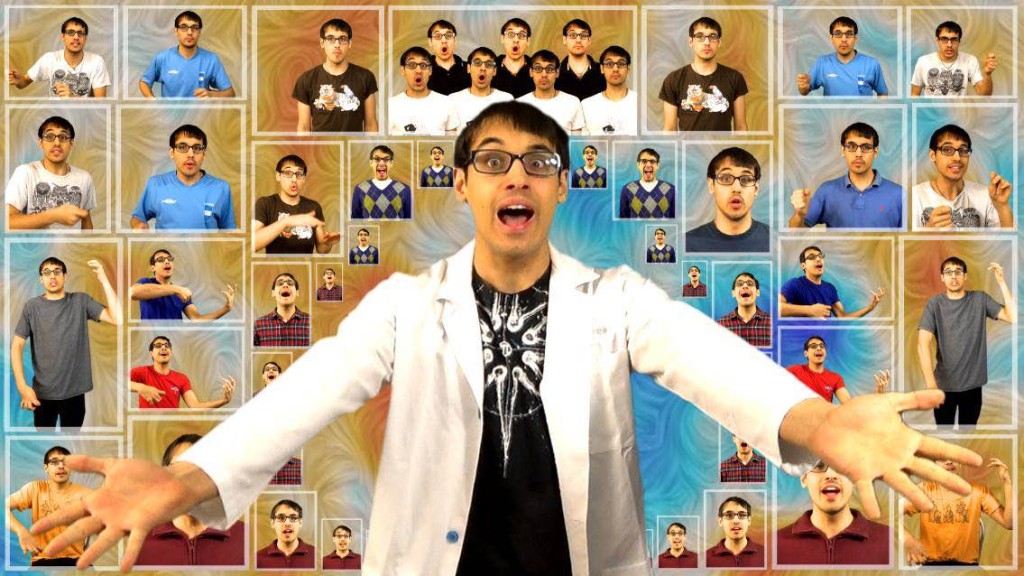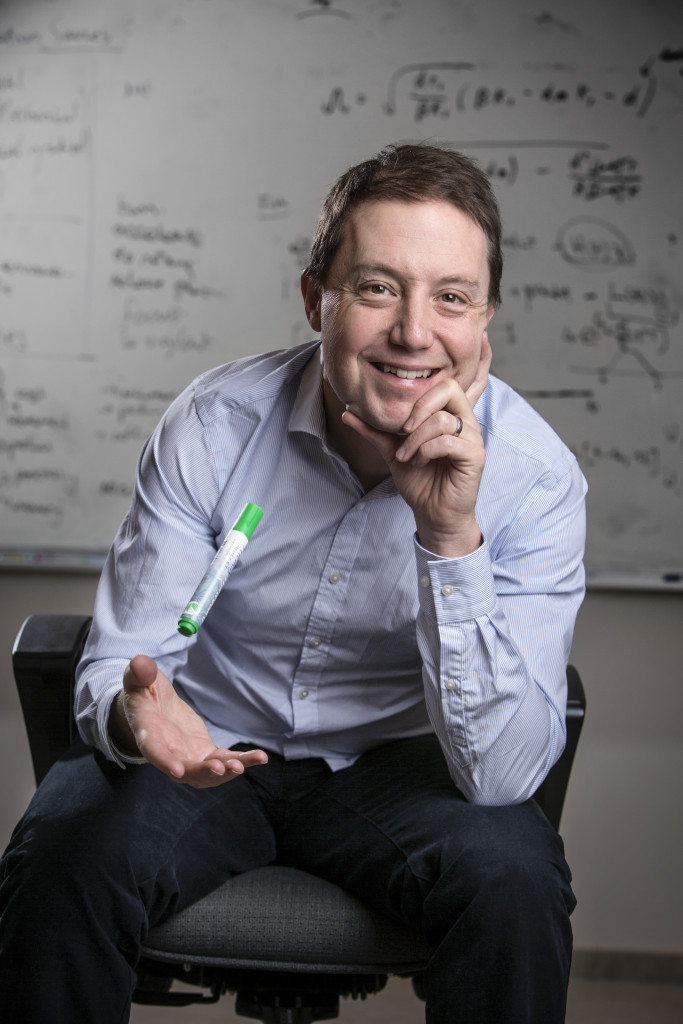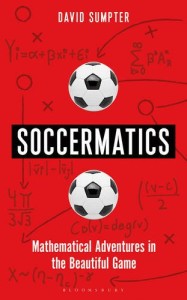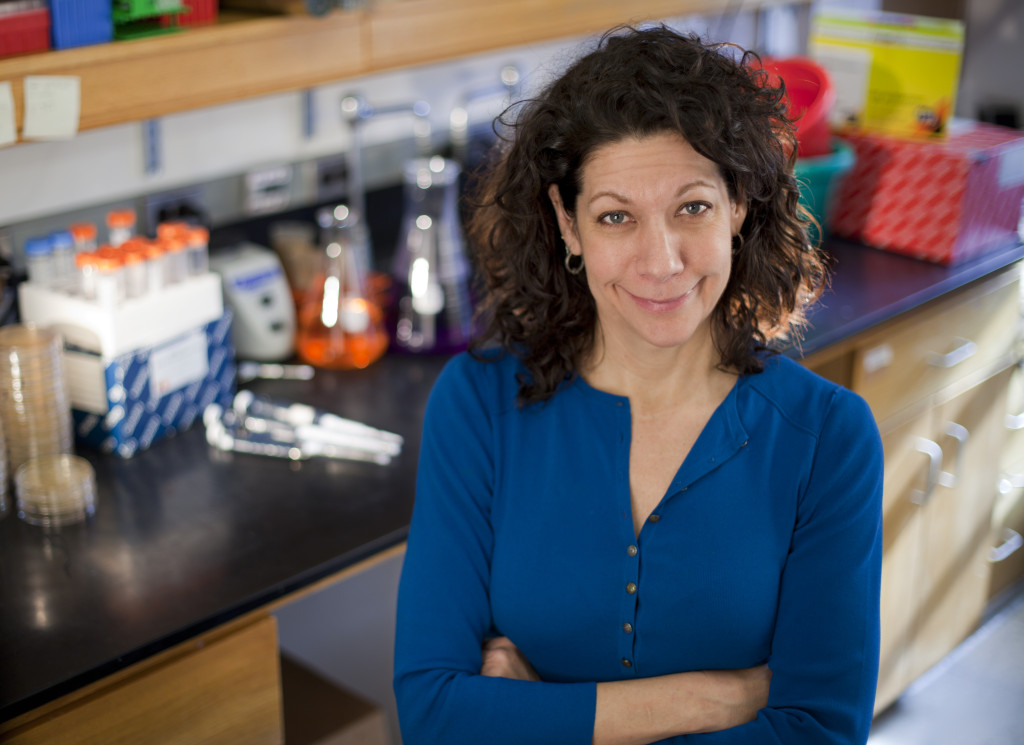
Bonnie Bassler, professor in molecular biology at Princeton University and Howard Hughes Medical Institute Investigator. Photo: Zachary Donnell.
“A big arm of my field now is to think about applications, so that we can either make bacteria do things on demand or stop bacteria from doing things on demand. And those are urgent problems that need solving. So this goofy bioluminescent bacteria led the way to us having this idea that we could never have had, if that bioluminescent bacteria hadn’t been studied.”
Drugs that stop bacteria from talking might be new, powerful antibiotics – a much needed weapon in our never-ending struggle against bacterial infections. On the other hand, drugs that make bacteria chat more could boost the production of biofuels and other industrial goods that bacteria make for us.
In 1990 a young Bonnie Bassler, mesmerized by glow-in-the-dark bacteria that could talk to their peers to coordinate light production, wondered whether other bacteria could talk too. The answer, she soon found out, was yes – including all the nasty bacteria that cause disease. Today, Bonnie Bassler is a professor in molecular biology at Princeton University and an authority in the field of bacterial communication.
Her findings, that all bacteria can talk, revolutionized the way we think of bacteria and opened the doors to important medical and industrial applications.
But the discovery of bacterial communication has given us much more than new drugs. It has shown us how bacteria live in the real world and forced us to reconsider our own human nature – if bacteria are talking, social beings too, how different are we from them after all?
Prick your ears up and follow RadioScience on an exciting tour of the bacterial world and its chatty multilingual inhabitants – after which, we promise, you will never call bacteria boring again!
This episode is also available in Swedish.
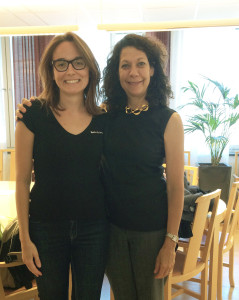
After the interview, Bonnie Bassler poses with our intern Federica Santoro.
Bonnie Bassler is an all-round communicator. Not only does she like to talk to bacteria, she is also passionate about sharing her research with the public. In a memorable TED Talk in 2009, she captivated her audience with the tale of the tiny glow-in-the-dark bacterium that changed microbiology forever. In this episode of RadioScience, she tells us why she loves to engage in science communication. And why everyone should take an interest in science – don’t miss it!
Psssst… Remember our previous episode, where we told you about reviving mammoths with the help of a technology called CRISPR? Well, CRISPR is another wonderful product of bacteria! It is the immune system bacteria use to defend themselves from their enemies, now converted into a powerful gene-editing tool. Bacteria are truly full of wonders…
Listen to this episode’s playlist on Spotify:
- Thomas Dolby – She blinded me with science
- The Beatles – With a little help from my friends
- Elvis Presley – A little less conversation
- The Cure – Speak my language
- Spandau Ballet – Communication
- Led Zeppelin – Communication breakdown
- Gospel Dream – This little light of mine
- Manfred Mann’s Earth Band – Blinded by the light
- Bryan Ferry – Let’s stick together
- Harry Nilsson – Everybody’s talking
- Coldplay – Talk
- The Beatles – Come together
- Pink Floyd – Keep talking
- The Minions – Make ‘em laugh
- The Minions – Another Irish drinking song
This episode was produced with support from the Swedish Research Council Formas, the Swedish Association for Professional Scientists Naturvetarna and Karolinska Institutet’s Career Service.
